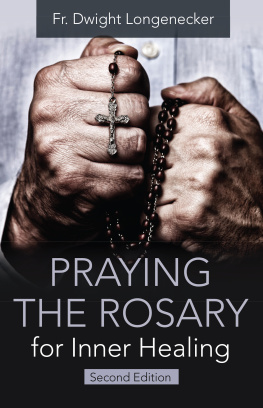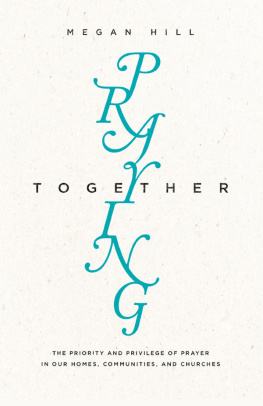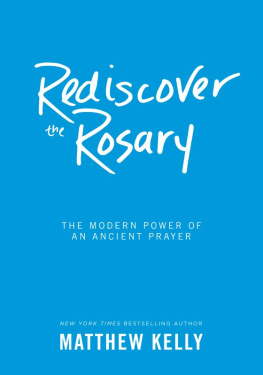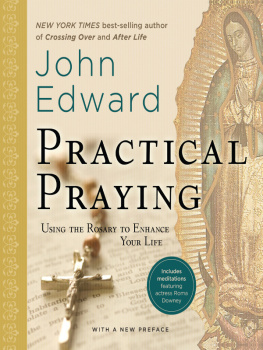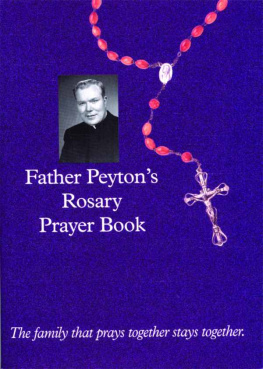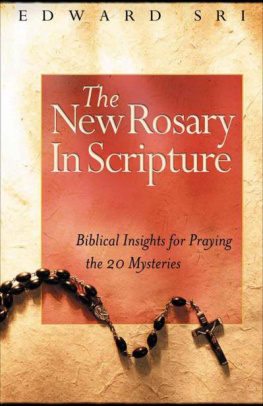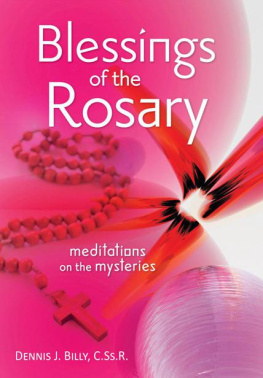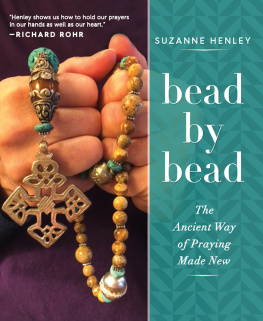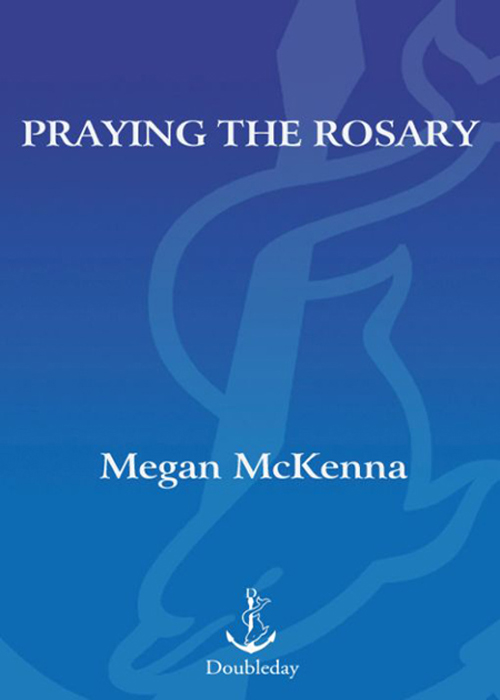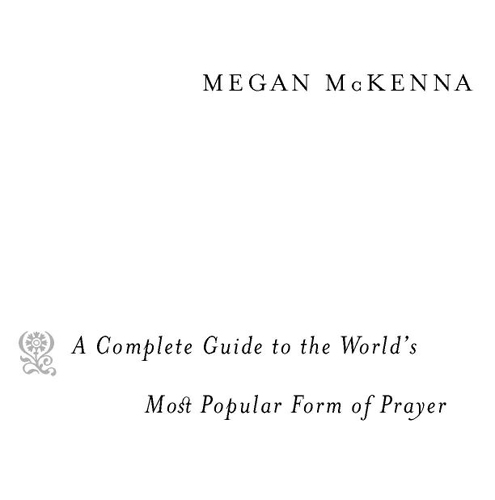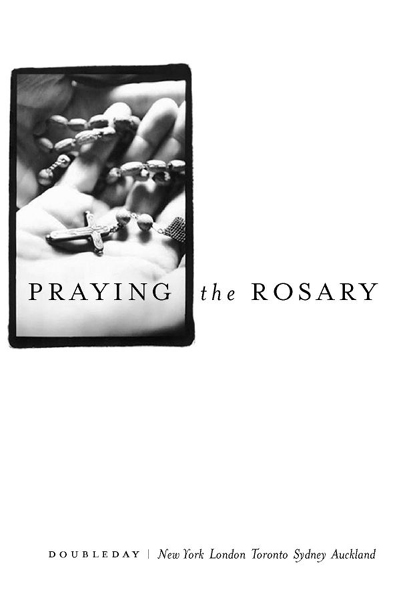Megan McKenna - Praying the Rosary: A Complete Guide to the Worlds Most Popular Form of Prayer
Here you can read online Megan McKenna - Praying the Rosary: A Complete Guide to the Worlds Most Popular Form of Prayer full text of the book (entire story) in english for free. Download pdf and epub, get meaning, cover and reviews about this ebook. year: 2007, publisher: The Crown Publishing Group, genre: Religion. Description of the work, (preface) as well as reviews are available. Best literature library LitArk.com created for fans of good reading and offers a wide selection of genres:
Romance novel
Science fiction
Adventure
Detective
Science
History
Home and family
Prose
Art
Politics
Computer
Non-fiction
Religion
Business
Children
Humor
Choose a favorite category and find really read worthwhile books. Enjoy immersion in the world of imagination, feel the emotions of the characters or learn something new for yourself, make an fascinating discovery.

- Book:Praying the Rosary: A Complete Guide to the Worlds Most Popular Form of Prayer
- Author:
- Publisher:The Crown Publishing Group
- Genre:
- Year:2007
- Rating:4 / 5
- Favourites:Add to favourites
- Your mark:
Praying the Rosary: A Complete Guide to the Worlds Most Popular Form of Prayer: summary, description and annotation
We offer to read an annotation, description, summary or preface (depends on what the author of the book "Praying the Rosary: A Complete Guide to the Worlds Most Popular Form of Prayer" wrote himself). If you haven't found the necessary information about the book — write in the comments, we will try to find it.
As a speaker, teacher, and bestselling Catholic author, Megan McKenna has informed and inspired audiences both in- and outside of the Catholic tradition with her warmhearted, contemporary approach to spirituality. Now she turns her attention to the Rosary, revealing the universality of this ancient practice and how it can enrich lives today.
Praying the Rosarythe act of counting off prayers with a string of beads in a rhythm of focused spiritual contemplationis a practice that has existed for centuries and is common to many faiths. For the worlds one billion Catholics it has become the most popular form of devotion. Though strongly associated with the Virgin Mary, the prayers of the Rosary are ultimately meant to bring those who say them closer to Jesus Christ, whose life and teachings are central to all branches of the Christian faith. This gives the Rosary an ecumenical dimension that is in sync with todays emphasis on the common bonds, rather than the divisions, among all Christians. In 2002, Pope John Paul II updated the Rosary by adding a new section on the teachings of Jesus, further emphasizing the centrality of Christ and the biblical Gospels at the heart of the prayers.Embracing this ecumenical attitude in Praying the Rosary, Megan McKenna explores the Rosary and explains how to pray it, incorporating the Popes recent additions and revealing its relevance to a new generation. She breaks down the Rosary into its twenty components, prefacing each with a selection from Scripture that identifies the prayers source in the Bible. Combining practical instruction with meditative reflections on the prayers spirituality, she reveals the Rosarys richly contemplative nature and shows how praying the Rosary can inspire peaceful, calm attitudes, and an awareness of the universal spiritual mystery that connects all Christians.
Megan McKenna: author's other books
Who wrote Praying the Rosary: A Complete Guide to the Worlds Most Popular Form of Prayer? Find out the surname, the name of the author of the book and a list of all author's works by series.


